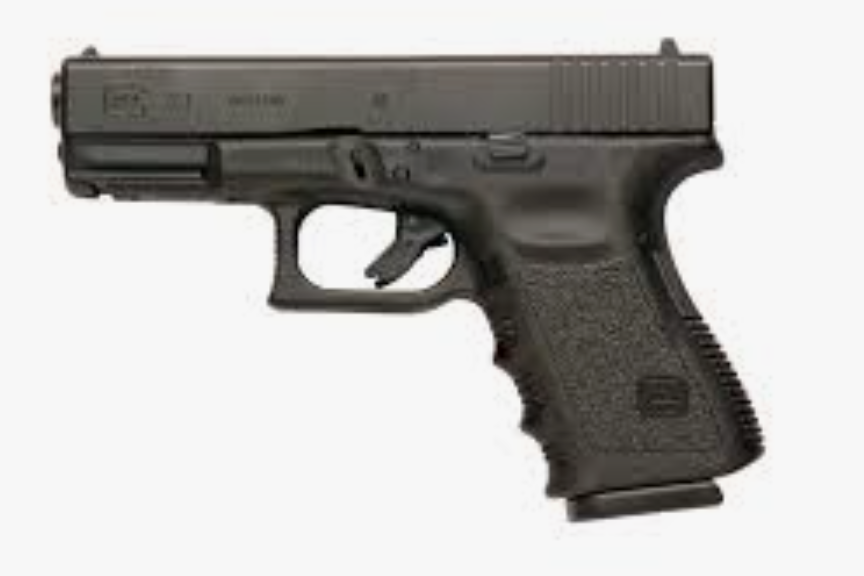
At the start of this week, the US Supreme Court took up another major case concerning firearms – ghost guns. Ghost guns, which are home-built guns without serial numbers, are a recent phenomenon that has blown in popularity in online sales. Without a serial number tracking a ghost gun back to its purchaser is incredibly difficult, making ghost guns a popular weapon in crimes.
In 2022, the federal administration imposed a federal rule requiring that “buy, build, shoot ” gun kits, the most popular ghost gun products, be defined as firearms. This requires the kits to have serial numbers, for their sales to include background checks, and for their sellers to be federally licensed. The federal rule was initially challenged by the 5th Court of Appeals but has now been taken up by the Supreme Court.
The challengers to the rule, which include gun-kit sellers and gun rights groups, contend that the definition of firearms set under the 1968 Gun Control Act does not apply to gun kits, therefore exempting them from regulation. This highlights an older debate—the definition of a firearm.
The 1994 Federal Assault Rifle Ban and the subsequent attempts to revive it demonstrated both a concerted effort to narrow the definition of “assault rifles” to obscurity and a real logistical challenge in addressing America’s extensive firearm market. The litigatory and semantic wars over what-is-what in the gun market create a massive field of potential debate that prolongs the implementation of policy solutions.
Yes, firearms can be complicated, but whether or not guns are in pieces or put together shouldn’t determine the safeguards we put around them. Policies like serial numbers, licensing, and background checks are all in the pursuit of public safety. Debates on the semantics of what guns are to this degree of granularity detract from that goal and are not in the spirit of the law.
